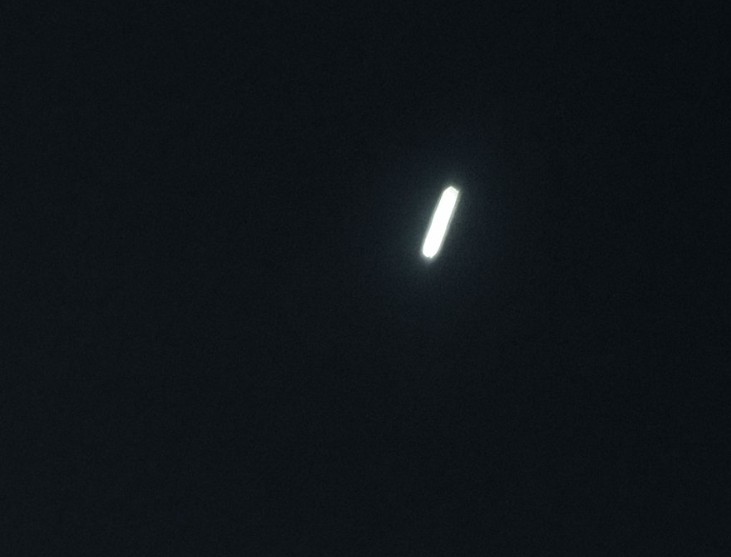Ancient Interstellar Visitor 3I/ATLAS May Hail from Milky Way’s Old Frontier, Scientists Suggest
Astronomers are closing in on the origins of the enigmatic interstellar comet 3I/ATLAS as it speeds toward the heart of our solar system.
New research tracing the comet’s path over the last 4 million years suggests it may come from a remote region where the Milky Way’s oldest and youngest stars meet.
If true, this icy wanderer could be a relic dating back billions of years, far older than the Sun.
First observed in late June and confirmed by NASA in early July, 3I/ATLAS immediately grabbed attention for its unusual trajectory and record-breaking speed.
It is only the third interstellar object ever detected, following 1I/‘Oumuamua and 2I/Borisov, and it is believed to be the largest, spanning between 3 and 7 miles (4.8–11.2 km).
Currently, the comet is undertaking a slow-motion tour of our inner solar system. It passed close to Mars on Friday (Oct. 3) and will reach its closest approach to the Sun on Oct. 30, according to NASA.
After that, it will continue its journey into interstellar space, brushing past Jupiter in March 2026 before vanishing from view. Earth is not at risk.
Tracking where 3I/ATLAS came from is far trickier than following its current path. Moving at roughly 130,000 mph (210,000 km/h), this icy interstellar visitor has been cruising for millions, possibly billions, of years.
Its course has likely been nudged countless times by the gravitational pull of passing stars. Much like NASA uses planetary gravity to redirect spacecraft, 3I/ATLAS could have been deflected multiple times along its long journey.
NEW IMAGE FROM MARS
3I/ATLAS spotted again — but this time… it doesn’t look like a comet.
A perfect glowing cylinder drifting across the Martian sky.
No dust. No tail. No fragmentation.
Just… structure.What are we really looking at here?#3IATLAS #UFO #Mars #NASA pic.twitter.com/5Xx9U4GtPI
— Ezee (@EzeemmaCraic) October 7, 2025
A new study published on arXiv used data from the European Space Agency’s now-retired Gaia telescope to trace the comet back 4.27 million years.
Researchers identified 62 nearby stars it may have encountered. However, none significantly influenced its path, suggesting it did not originate close to our Sun.
“We have found that none of the stars in the solar neighborhood can explain the trajectory and high velocity of 3I/ATLAS,” said lead author Xabier Pérez-Couto, a postgraduate student at Spain’s Universidade da Coruña.
He added that only one nearby star, around 70% the mass of the Sun, had a minimal impact.
“3I/ATLAS is a very old object, that has been traveling for [billions of years], and that its origin belongs to the border of the thin disk,” Pérez-Couto explained.
Why does this matter? Spiral galaxies like the Milky Way have a “thin disk” and a “thick disk.” The thin disk, slicing through the galactic bulge, is home to younger, metal-rich stars, while the thick disk surrounds it with older, metal-poor stars.
If 3I/ATLAS originated near the edge of these two regions, it could be astonishingly ancient, potentially 10 billion years old, more than twice the age of our Sun.
Pérez-Couto suggests it was likely “ejected from the primordial disk of an early-formed planetary system,” making it a time capsule from the galaxy’s early days.
The researchers caution, however, that their analysis covers only the last few million years of its journey. Its ultimate birthplace remains uncertain.
As 3I/ATLAS speeds through our solar system, instruments on Earth, Mars, and Jupiter will study it closely.
Understanding its composition may unlock secrets of the Milky Way’s formative years, offering an unprecedented glimpse into the history of our galaxy.






